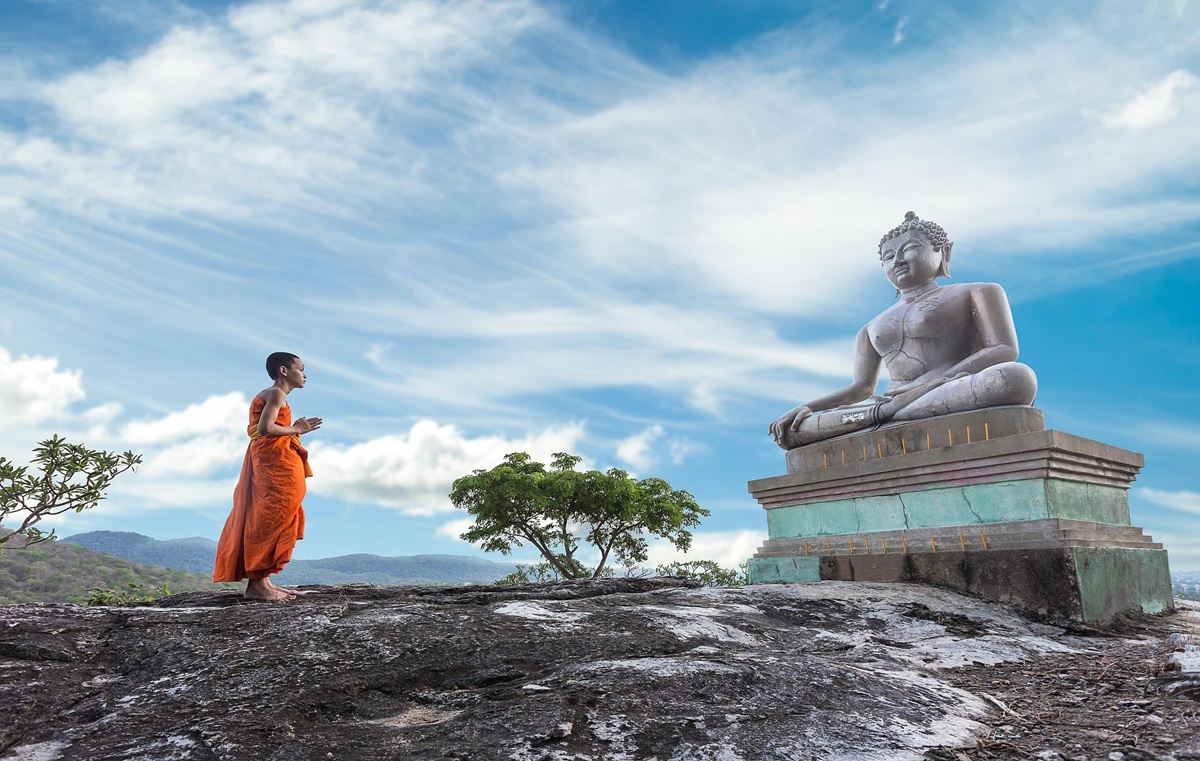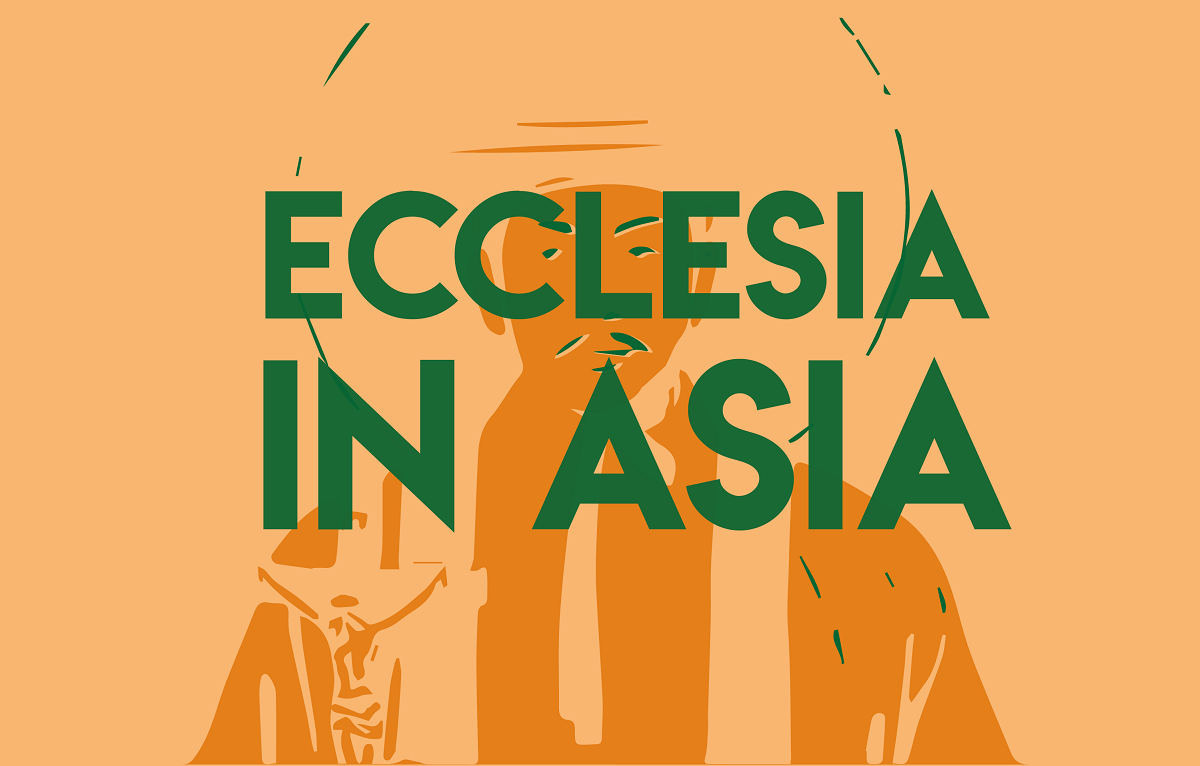Religions in the world: Buddhism’s decline
According to the latest data from the Pew Research Center, Buddhism is the only religion to have fewer believers in 2020 than in 2010, a drop of 18.6 million, largely due to a low birth rate in predominantly Buddhist countries as well as changes in youth culture in Southeast Asian societies. At 40, the average age among Buddhists is the highest among various religions.
Milan (AsiaNews) – The Pew Research Center, one of the foremost global thinktanks, has just released its latest report on how the world’s religious landscape changed in 2010-2020.
By and large, a growing world population is reflected in a rise in the number of religious believers. Christians remain the largest religious group; however, while growing in absolute terms, their share of the global population dropped by 1.8 per cent, a sign that their increase was slower than the overall average.
Muslims are the fastest growing group, with a relative rise of 1.8 per cent, followed by the unaffiliated, those who do not identify with any religion, who reported an increase of just under 1 per cent.
Overall, Christians number around 2.3 billion, followed by Muslims at 2 billion and the unaffiliated at 1.9 billion.
Hindus, Jews and other groups placed under the heading “other religions” (Bahá’ís, Taoists, Jains, Sikhs, etc.) have grown at the same rate as the world population, without any significant percentage variation.
Hindus are about 1.2 billion; Jews, 14.8 million; and other small religious groups, about 200 million.
One fact is especially striking amid all the numbers; globally, the only group to decline even in absolute terms are Buddhists. There are currently just over 324 million, or 18.6 million fewer (-5.4 per cent) than in the previous decade. Buddhists now constitute 4.1 per cent of the world population, down from 4.9 per cent in 2010.
Estimating the size of the Buddhist population is not an easy task, because in East Asian societies, where the religion is strong, religiosity can take on different traits.
The estimates underlying the Pew Research Centre report start from the following question: “What is your religion, if any?”
In several places in Asia, "religion" often is described as something organised and hierarchical, such as Christianity, and some Buddhists reject this type of formal affiliation.
That said, religious groups grow or not for two reasons: members join another group or demographic trends. This second aspect especially has had a strong impact on Buddhists.
This seems to be confirmed by the fact that, in absolute terms, their decline is currently in line with broader demographic trends.
Since Buddhism is hardly present in countries with the highest birth rates, its decline largely reflects the demographic decline in countries like China or Japan. The average age among Buddhists – near 40 years – is now the highest among the large religious groups.
Thailand is the country with the highest number of Buddhists in the world – 68 million, 94 per cent of the population. China follows with 53 million, or about 4 per cent of the population, then we have Myanmar, Japan and Vietnam.
In South Korea, the percentage of Buddhists has fallen by 7 points; in this case, the decline is not only demographic, but also cultural, with a growing number of people who identify as unaffiliated.
Conversely, Vietnam is the only large country where the unaffiliated have decreased, by 7 per cent in the period under review.
In Thailand too, Buddhists are decreasing, due to the aging of the population. However, this does not automatically mean that young Thais are moving away from religion.
A recent survey by the Institute of Southeast Asian Studies (ISEAS) reveals, for example, a more complex picture.
Buddhist university students pray less than those of other faiths and only a little more than half of those interviewed rely on the values of their religion when making important decisions.
However, the same survey shows that a majority of this group still considers religion an essential part of their lives. The gap between practice and its perceived importance indicates more a change in the way in which spirituality is experienced rather than its abandonment.
It could be argued that a less dogmatic religion like Buddhism has lent itself more than others to change, especially among young people. The spread of the so-called Mutelu is emblematic of this.
The term comes from the title of a 1979 Indonesian film – Mutelu: Occult War – which explores themes such as superstition and black magic, but which has taken on a broader and more nuanced meaning over time.
Today it refers to an array of spiritual practices that have asserted themselves strongly among young Thais, who have dictated its rules: amulets have a modern and minimalist design, compatible with the aesthetics of social media, and the online experience has grown to the detriment of visits to temples.
Young people appear to be searching for meaning according to codes specific to Generation Z, reinterpreting spirituality in an unorthodox way.
Mutelu could therefore not only be simple fashion, but the sign of a spiritual dimension of the new Thai generation that does not find answers in traditional models.
18/06/2024 16:50
12/10/2021 10:11







.png)










